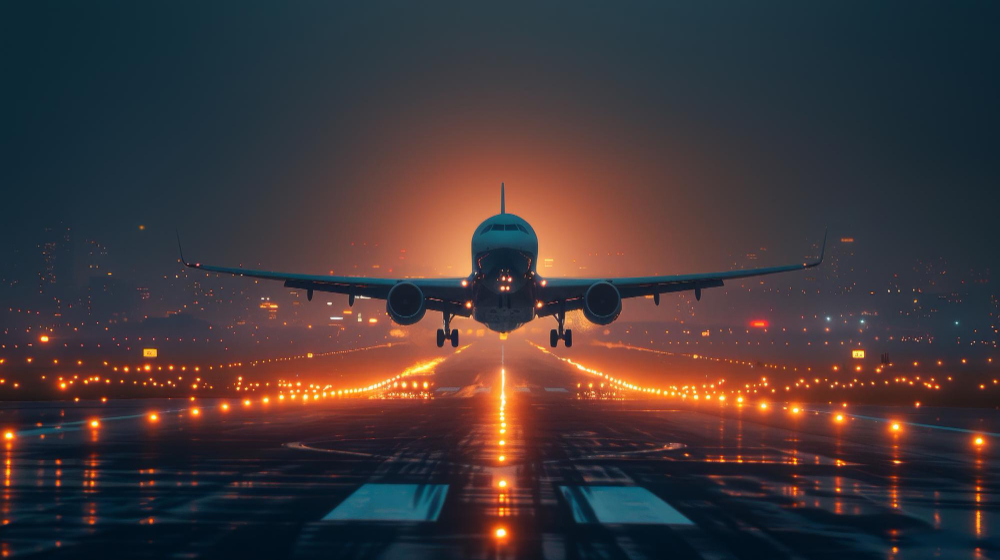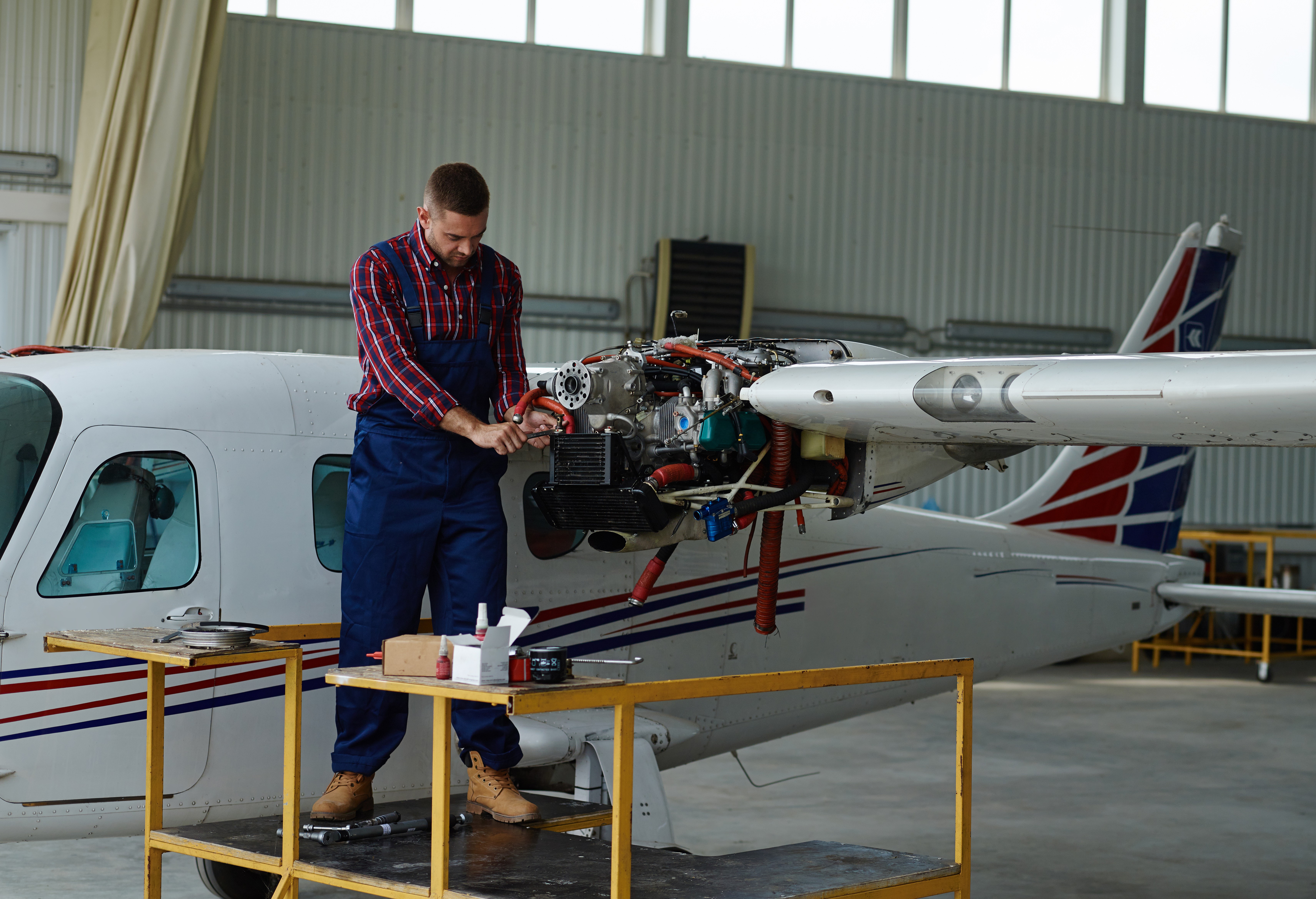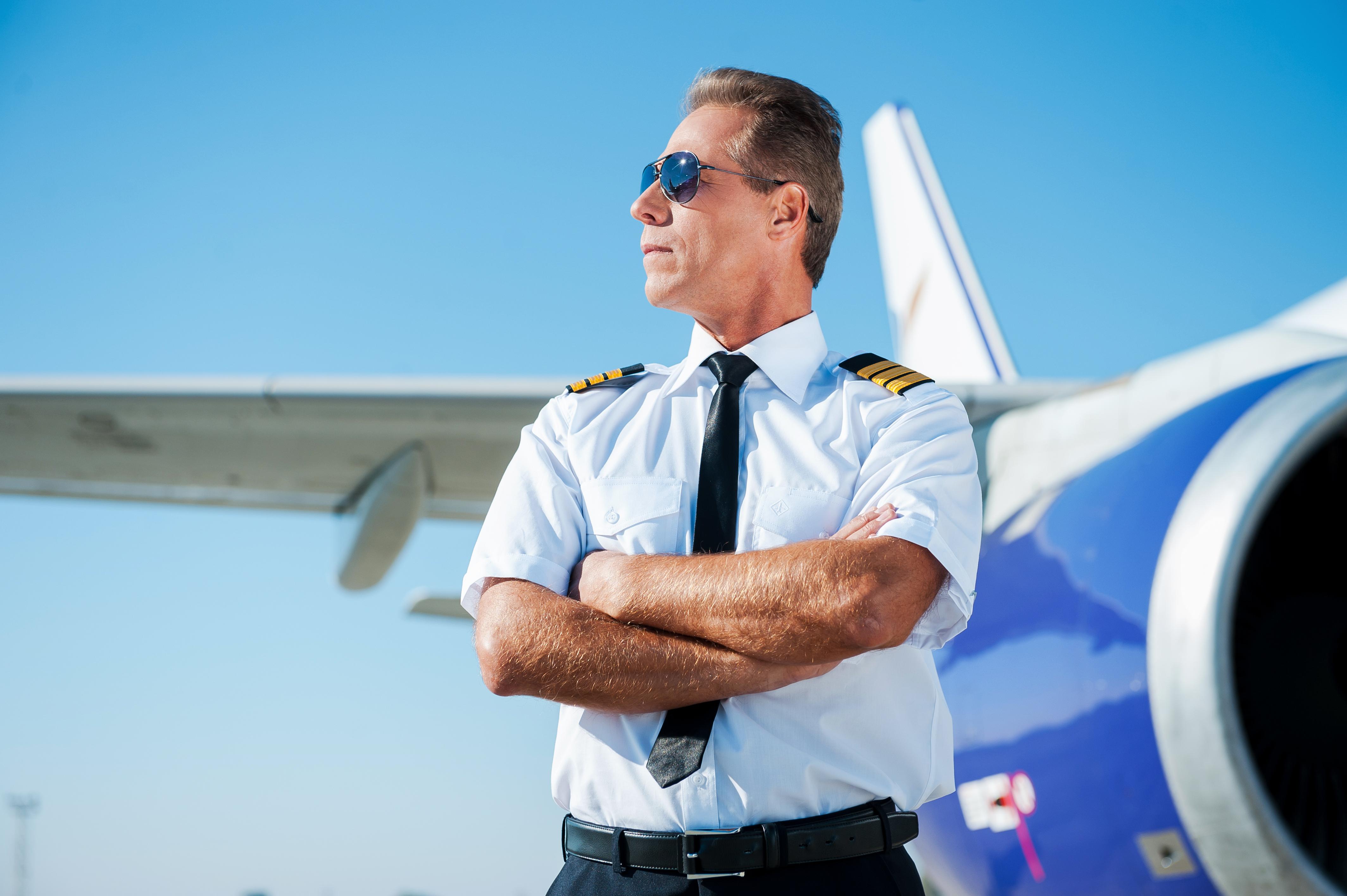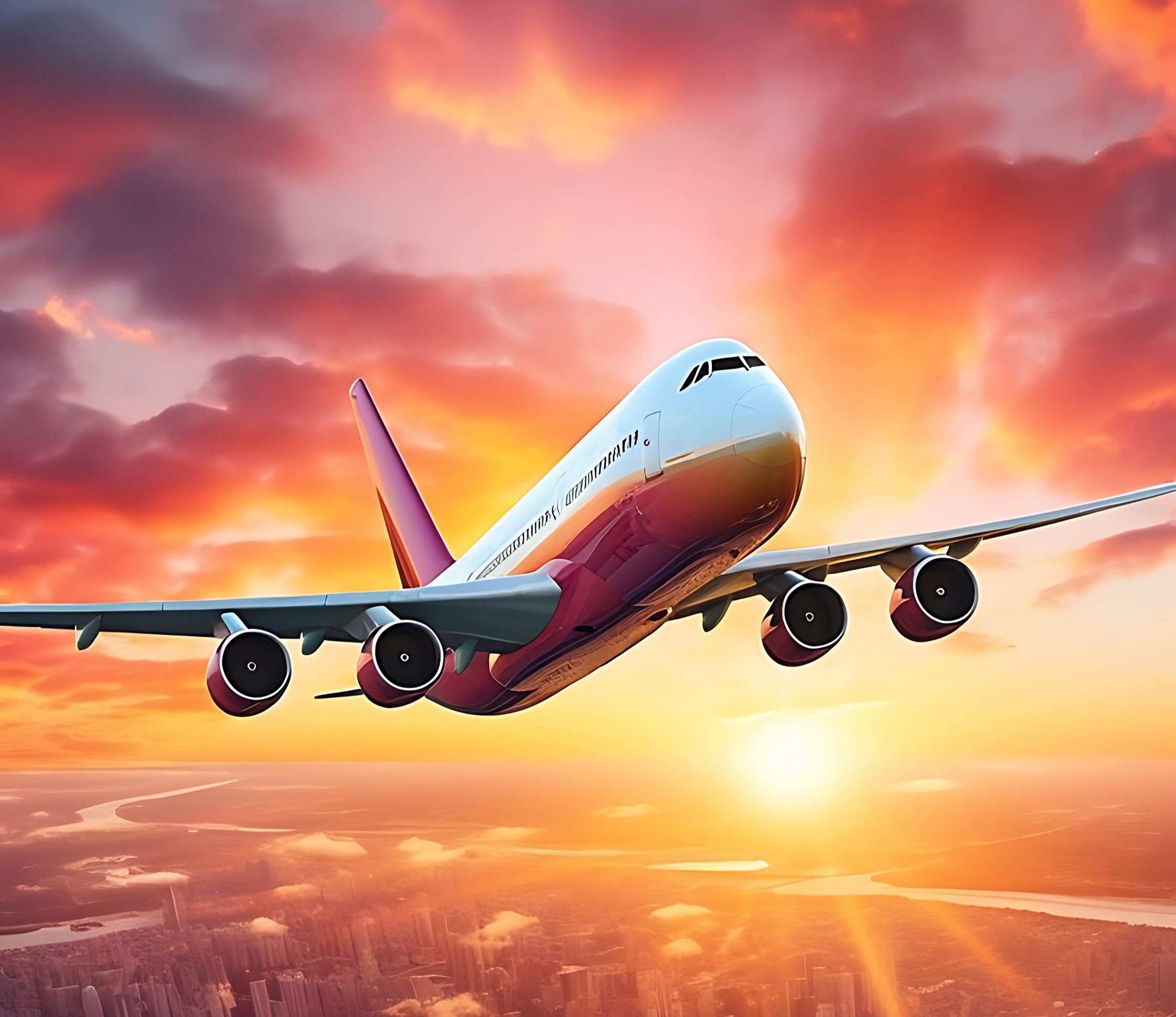In today’s dynamic and evolving aviation industry, students passionate about aircraft and flight technologies are often faced with a crucial decision—whether to pursue an Aircraft Maintenance Engineering course or opt for Aeronautical Engineering. Although both disciplines are vital pillars of the aviation sector, they serve different purposes, follow different academic structures, and lead to distinct career paths. For students aspiring to work in aviation, understanding these differences is essential to make the right academic and professional choice.
In today’s dynamic and evolving aviation industry, students passionate about aircraft and flight technologies are often faced with a crucial decision—whether to pursue an Aircraft Maintenance Engineering course or opt for Aeronautical Engineering. Although both disciplines are vital pillars of the aviation sector, they serve different purposes, follow different academic structures, and lead to distinct career paths. For students aspiring to work in aviation, understanding these differences is essential to make the right academic and professional choice.
As one of the best aircraft maintenance engineering colleges in India, Sha-Shib Aviation Academy Kochi offers specialized AME programs tailored to meet the industry’s growing demands. This blog provides a clear comparison between the two streams to help you align your goals with the right path.
What is Aeronautical Engineering?
Aeronautical Engineering is an academic discipline that deals with the design, development, manufacturing, and testing of aircraft and their systems. This branch of engineering is primarily theoretical and innovation-driven, focusing on improving the performance, aerodynamics, and fuel efficiency of aircraft. It encompasses areas like propulsion, flight mechanics, structural analysis, avionics, and aerospace materials.
Students pursuing Aeronautical Engineering undergo a four-year undergraduate program, typically divided into eight semesters. The curriculum includes subjects such as Thermodynamics, Fluid Mechanics, Aircraft Structures, Aerospace Propulsion, and Control Systems. Many top engineering institutions in India offer Aeronautical Engineering degrees, and eligibility generally requires students to have completed their 10+2 education with Physics, Chemistry, and Mathematics (PCM), with a minimum of 50% marks.
Graduates of this field often find employment in aerospace companies, research and development labs, defense organizations, and space agencies. Employers such as DRDO, ISRO, Boeing, Airbus, and NASA actively seek aeronautical engineers to contribute to cutting-edge innovations and next-generation aircraft technologies.
What is Aircraft Maintenance Engineering (AME)?
On the other hand, Aircraft Maintenance Engineering (AME) is a professional, license-based training program that focuses on the maintenance, safety, inspection, and repair of aircraft. Unlike Aeronautical Engineering, AME is not a conventional degree but a specialized licensing course approved by the Directorate General of Civil Aviation (DGCA) in India. The primary responsibility of an AME is to ensure that an aircraft is airworthy and meets all safety standards before take-off.
The aircraft maintenance engineering course usually spans 3 years, depending on the program type and stream (Mechanical or Avionics). It combines classroom-based theoretical learning with intensive AME training in practical environments such as airport hangars and Maintenance, Repair, and Overhaul (MRO) facilities. This hands-on experience helps students develop real-world technical skills and prepares them for direct employment in the aviation sector.
Eligibility for this course is similar to Aeronautical Engineering—students must have completed 10+2 with PCM or an equivalent diploma in engineering. Upon successful completion of training and examinations, students are awarded a DGCA-approved AME license, which is valid for 10 years and renewable.
Major Differences Between AME and Aeronautical Engineering
Although both fields contribute significantly to the aviation ecosystem, their core objectives and career outcomes vary significantly. The most fundamental distinction is that Aeronautical Engineering is an academic degree, while AME is a licensed professional training program regulated by aviation authorities.
Aeronautical Engineers primarily work in design studios, simulation labs, and R&D departments where they conceptualize and build new aircraft or improve existing designs. In contrast, AMEs work in operational settings like aircraft hangars, airports, and MRO facilities, where they perform real-time inspections, maintenance, and fault rectifications.
Aeronautical Engineering is ideal for students interested in theoretical frameworks, research, and development. The career roles include design engineers, structural analysts, aerospace systems engineers, or researchers. On the other hand, students enrolled in aircraft maintenance engineering colleges in India like Sha-Shib Aviation Academy Kochi can become Licensed Aircraft Maintenance Engineers, Quality Assurance Officers, Maintenance Planners, or Technical Officers. These roles are more practical, hands-on, and closely tied to daily airline operations.
Another critical distinction lies in the training methodology. Aeronautical Engineering follows a university model with a semester-based academic system, whereas AME training follows DGCA guidelines and includes intensive workshops, practical sessions on live aircraft, and on-job training in real aviation settings.
Job Opportunities and Career Scope
Both career paths offer excellent job opportunities, but they cater to different segments of the aviation industry. Aeronautical Engineers are often recruited by aircraft manufacturing companies, defense contractors, and aerospace research labs. Their work focuses on long-term development projects, innovations in flight technology, and advanced simulations.
In contrast, AMEs enjoy faster job placements, especially given the high demand for licensed maintenance personnel in both domestic and international airlines. India's aviation industry is currently undergoing massive expansion, with the introduction of new carriers, increased air traffic, and significant investment in airport infrastructure. As a result, the demand for licensed AMEs has skyrocketed, making the aircraft maintenance engineer course an attractive option for students seeking early and stable employment.
Moreover, the international scope for AMEs is notable. The DGCA AME license aligns with global aviation authorities like EASA (Europe) and FAA (USA), allowing professionals to appear for bridging exams and work overseas. This global acceptance is an added advantage for students from reputed aircraft maintenance engineering colleges like Sha-Shib Aviation Academy Kochi.
Why Choose AME at Sha-Shib Aviation Academy Kochi?
If you're leaning towards a career that combines technical skills, responsibility, and rapid employability, enrolling in an aircraft maintenance course at Sha-Shib Aviation Academy Kochi is a smart move. Recognized as one of the best aircraft maintenance engineering colleges in India, the academy offers DGCA-approved AME programs with a curriculum designed to meet global standards.
Students receive live aircraft exposure, hands-on training at fully equipped hangars, and access to modern labs and tools. Through regular industry tie-ups and internships, students at SAA Kochi get the opportunity to work closely with experienced professionals from leading airlines and MRO companies. The institution emphasizes practical skill-building and job readiness, which translates to high placement rates and successful aviation careers.
As one of the top aircraft maintenance colleges in India, Sha-Shib also supports its students with career counseling, soft skill training, and guidance for international license conversions. Its legacy and reputation make it a preferred destination for aspiring AMEs across the country.
India’s Growing Demand for AMEs
India's aviation sector is currently one of the fastest-growing in the world. With initiatives like UDAN (Ude Desh ka Aam Nagrik), increased fleet sizes, and expansion of regional and international connectivity, the aircraft maintenance engineering profession has become more critical than ever. The number of aircraft operating in India is expected to double in the next decade, which means thousands of new AMEs will be required to ensure continued safety and compliance.
This surging demand underscores the importance of choosing the right aircraft maintenance engineering colleges in India approved by DGCA. Institutions like Sha-Shib Aviation Academy are well-positioned to supply the aviation ecosystem with skilled, licensed professionals ready to take on real-world responsibilities.
Final Thoughts: Which Path Should You Choose?
Deciding between Aeronautical Engineering and the aircraft maintenance engineer course depends on your personal interests, strengths, and career aspirations. If you're inclined towards theoretical innovation, research, and the creative aspects of flight design, Aeronautical Engineering might be the ideal fit. However, if your passion lies in working closely with aircraft, solving technical challenges, and being part of the operational backbone of aviation, Aircraft Maintenance Engineering is the perfect path.
With shorter program durations, strong industry demand, and lucrative career opportunities both in India and abroad, the aircraft maintenance engineering course is gaining immense popularity among aviation enthusiasts.
Explore the Skies with Sha-Shib Aviation Academy Kochi
Whether you choose to become a designer of advanced flight technologies or a guardian of aircraft safety, both career paths promise a future full of excitement and purpose. Before making your decision, explore aircraft maintenance engineering course details, speak to industry experts, and visit reputed institutions like Sha-Shib Aviation Academy Kochi to understand what lies ahead.
In the world of aviation, every role matters—some innovate the future of flight, while others ensure that future stays safely airborne.













Apply Now